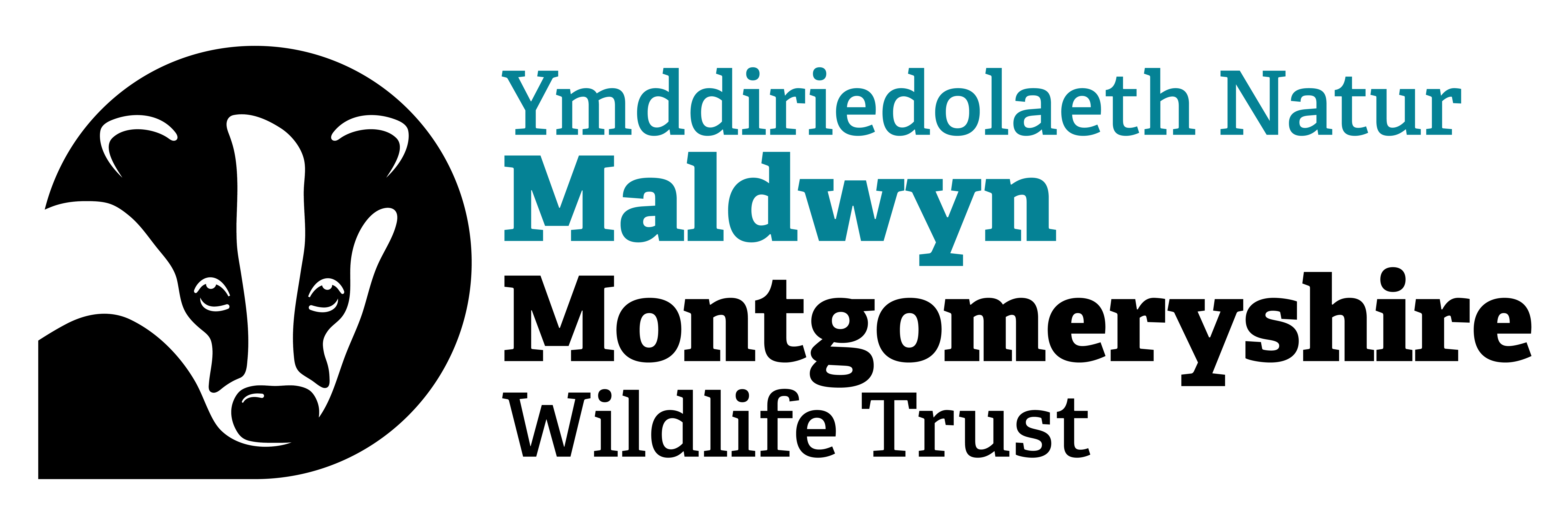Search
Chwilio
Llwybr Sain Glaslyn a Bugeilyn
Local Wildlife Sites
Field cow-wheat
Once widespread, this attractive plant has declined as a result of modern agricultural practices and is now only found in four sites in South East England.
Greater water parsnip
Large scale drainage in the UK has seen a massive reduction in the range of this sensitive aquatic plant which now only occurs in around 50 sites in England.
Bladder campion
Bladder campion is so-called for the bladder-like bulge that sites just behind the five-petalled flower - this is actually the fused sepals. Look for it on grasslands, farmland and along hedgerows…
Heath fritillary
The rare heath fritillary was on the brink of extinction in the 1970s, but conservation action turned its fortunes around. It is still confined to a small number of sites in the south of England,…
Honeysuckle
A true wildlife 'hotel', Honeysuckle is a climbing plant that caters for all kinds of wildlife: it provides nectar for insects, prey for bats, nest sites for birds and food for small…
Smooth snake
The rare smooth snake can only be found at a few heathland sites in the UK. It looks a bit like an adder, but lacks the distinctive zig-zag pattern along its back.
Chalkhill blue
Unsurprisingly, the chalkhill blue can be found on sunny, chalk grassland sites in southern England. Clouds of this beautiful blue butterfly may be seen fluttering around low-growing flowers.
Lesser black-backed gull
The lesser-black backed gull can be spotted around the coast in summer, with the biggest colony on Walney Island, Cumbria. Look for it over fields, landfill sites and reservoirs during winter.
How to build a bird box
With natural nesting sites in decline, adding a nestbox to your garden can make all the difference to your local birds.
